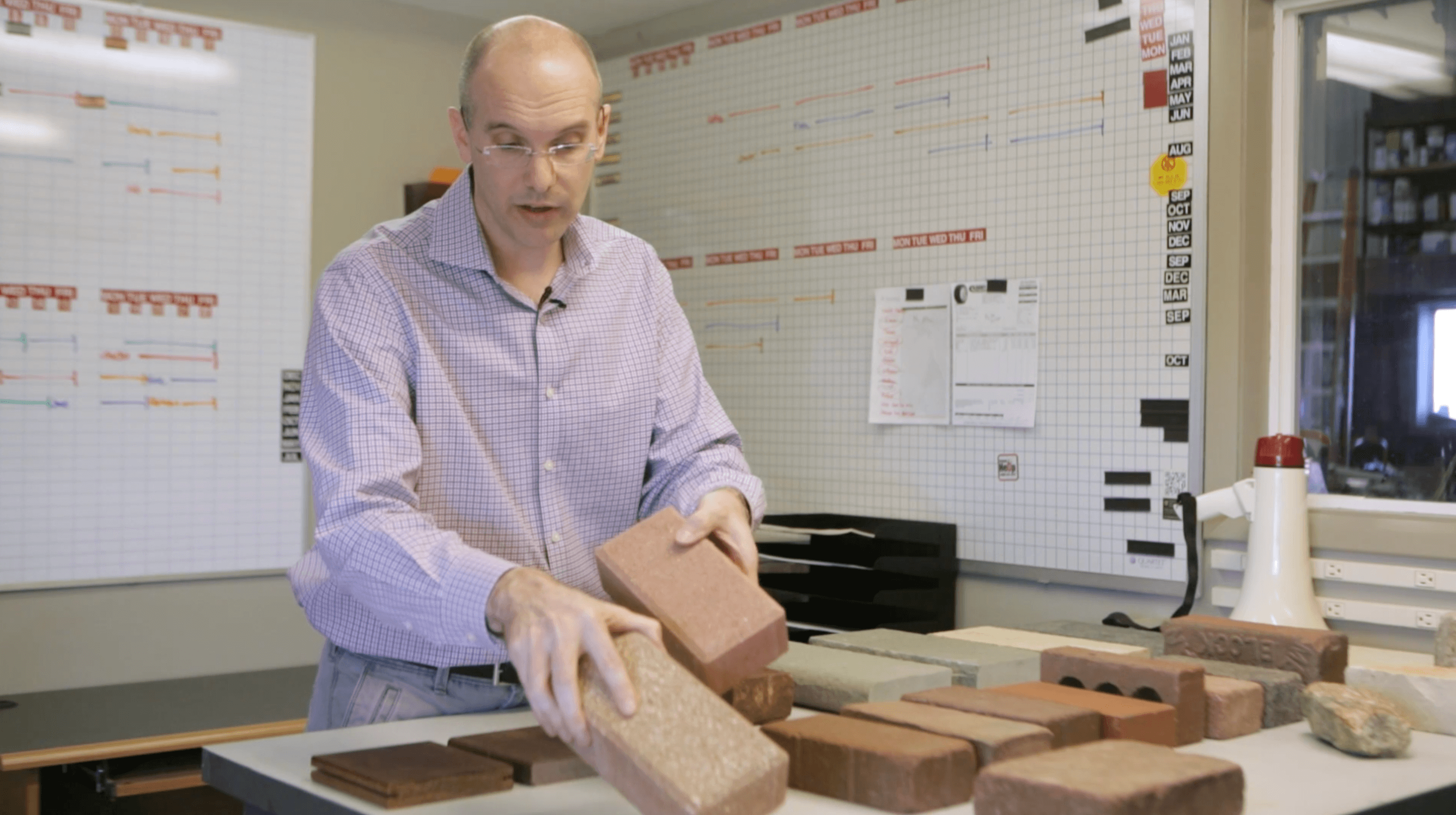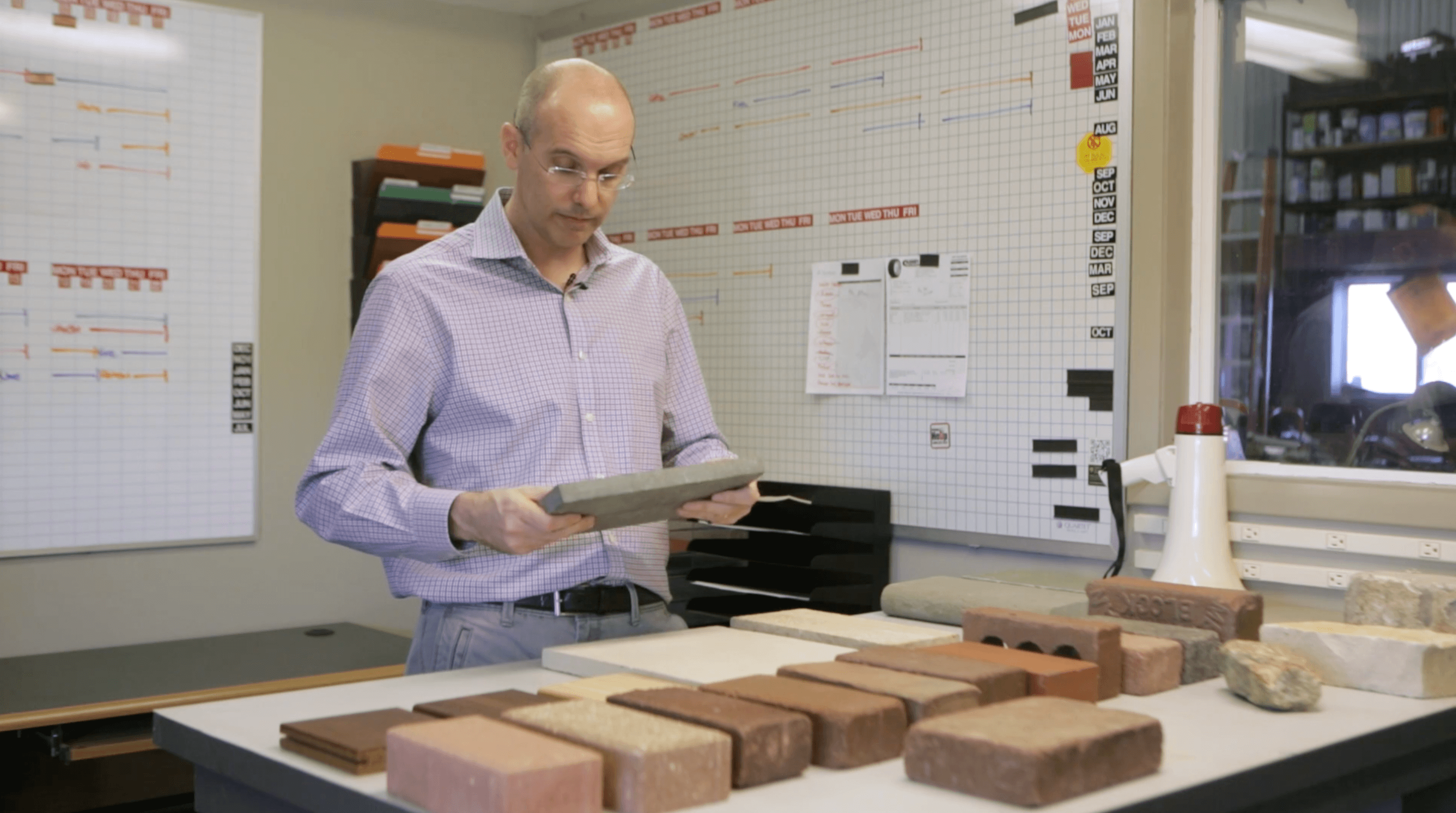Some gardens are more fascinating than others. They’re intriguing and inviting. The secret is often a well-designed path that leads to an interesting vista or focal point.
“Paths are one of the most important elements in a garden,” says landscape architect Bob Hursthouse. Whether it’s made of brick, cut bluestone, slabs of limestone or grass, a carefully placed path leads you through a garden to reveal its beauty.
“A path affects the way you view the garden,” Hursthouse says. It can create anticipation for what lies ahead. And, it helps focus attention on the garden’s most unusual features. Paths can be used to create mystery. If everything can be viewed all at once, we’re less likely to move through the space.
Point A to Point B
A path is a necessity for getting around the garden. But it can also provide a framework that links elements of the garden together. A path to the front door should be wide enough to allow two people to walk together side-by-side instead of stepping on the lawn or planting beds.
A gradual change in the width of a walkway provides visual rhythm. On a slope, a path can be terraced with steps that are lighted at night to get you safely to a patio, outdoor kitchen, hot tub or fire pit.
In a formal setting with a classical house and symmetrical planting beds, paths tend to have straight lines and 90-degree angles at the turns. Informal, casual gardens call for curving, meandering paths in keeping with undulating planting beds and borders.
Materials
There are countless materials used for main walks and secondary paths. Some are better and more durable than others. The materials used for your paths have an effect on how your garden is viewed and experienced.
Although home builders often pour a narrow band of concrete for the main path to a front entry, there are several types of stone, antique clay street bricks and pavers that can complement the stye and color of a home. They are easy to walk on and require little maintenance.
For one elegant home, Hursthouse and his team revamped the entire ho-hum landscape beginning with the front garden. They removed a narrow curving walk and replaced it with a wide formal bluestone path. “This creates a completely different, welcoming approach to the house that allows the grandeur of the front entry to be more fully appreciated,” Hursthouse says. Cut bluestone was chosen to complement the color of the slate roof on the house.
The primary walk is flanked at the front side walk with masonry walls and cast limestone planters and then crosses the parkway and forms a carriage walk. A secondary bluestone walk runs parallel to the house down to the new clay paver driveway. Both walkways allow for an elegant approach to the entryway.
Recycled antique clay pavers or granite blocks may be used in some of our landscape designs, Hursthouse says. Many of these materials come from city streets that were being repaired, revealing the pavers below the asphalt. “In the right setting and with the right house, these beautiful blocks create a charming effect and I’m always pleased that we’re able to reuse these wonderful materials in some of our projects,” Hursthouse says.
These unique granite blocks were cut from quarries throughout Wisconsin and shipped by train to Milwaukee and Chicago in the late 1800s. Depending on where the granite was quarried, the blocks may hold tints and streaks of red, black, grey, pink or yellow. They can weigh up to 20 pounds each. Granite blocks and antique clay pavers are generally too costly to make today, and by reusing them, there’s an element of sustainability added to the garden’s design.
Secondary Paths
A path that leads to a side yard need not be as wide or as formal as one that leads to the front entry. And, informal paths can be made with limestone slabs set into the lawn. Or, they can be paths packed with bluestone or other stone chips. These materials can be used because secondary paths typically don’t require shoveling or snow blowing in winter.
While some homeowners are sometimes tempted to use wood chips for a secondary path, they are a poor choice because they are difficult to walk on and the paths tend to have poorly defined edges. Finely shredded hardwood bark mulch is a better choice because it packs down nicely and it’s a renewable resource.
Rounded pea gravel is not a good choice either, even when used for a less frequently traveled path. The smooth rounded gravel moves around underfoot and may cause you to lose your balance. There are better, long-lasting materials from which to choose that will enhance the home’s architecture and the garden.
Whether your garden is formal or casual, a path is more than a means of getting around without stepping on plants. We design paths that make strolling your garden a pleasure for you, your family and your guests.
Discover some of the most beautiful gardens around designed by Hursthouse.


